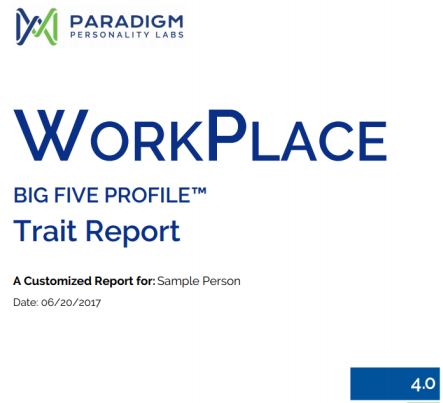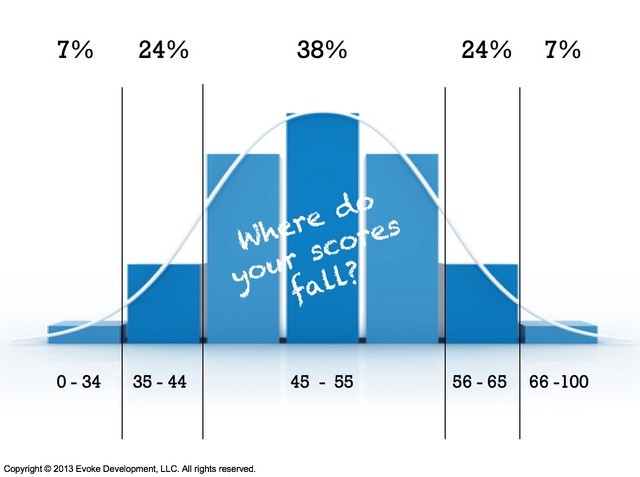How Can Competencies Be Applied in a Work Setting?
In a work setting, competencies can be: Associated with recruitment and selection. Linked to the performance appraisal process and compensation strategy. Tied to training and development. Associated with succession planning. By linking competencies to the selection process, you can: Present a better overall depiction of the job and what it requires. Increase job-person fit by…









